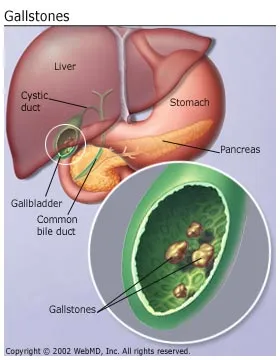Schwannomas are benign tumors that arise from the nerve sheath (covering) of cranial nerves along-side the cerebellum and brainstem.
The optimal treatment for the majority of symptomatic schwannomas is maximal surgical removal and/or focused radiation therapy (radiosurgery). Fortunately, for patients requiring schwannoma surgery, most large vestibular (acoustic) schwannomas can be removed through a retromastoid keyhole craniotomy while most trigeminal schwannomas can be removed through either a retromastoid approach or an endonasal endoscopic approach.
These tumors are typically benign and arise from the nerve sheath (covering) of cranial nerves along-side the cerebellum and brainstem. The most common schwannoma arises from the 8th cranial nerve (the vestibulo-cochlear nerve) or the 5th cranial nerve (the trigeminal nerve). In some instances, schwannomas are related to a genetic syndrome called Neurofibromatosis. Bilateral vestibular schwannomas are associated with NF-2.
Symptoms:
Vestibular (acoustic) schwannomas arise from one of the vestibular nerves in the internal auditory canal and initially cause hearing loss and tinnitus (ringing in the ear). As they enlarge into the cerebello-pontine angle, they can compress the brainstem and other cranial nerves, resulting in loss of balance and coordination, vertigo, facial numbness, facial weakness and difficulty swallowing.
Trigeminal schwannomas are less common than vestibular schwannomas. They generally arise in Meckel’s cave in the skull base and the pre-pontine space. These tumors typically cause facial pain (trigeminal neuralgia) or facial numbness. As they enlarge, they can grow farther into the cavernous sinus or into the brainstem, causing double vision, loss of coordination and other symptoms of brainstem compression.
Treatment:
Treatment for vestibular (acoustic) schwannomas is by surgical removal through akeyhole retrosigmoid craniotomy or other skull base approach or by radiosurgery. For tumors under 2.5 cm, either surgery or radiosurgery are reasonable treatment options. For tumors over 2.5 cm, surgical removal is generally recommended.
Treatment for trigeminal schwannomas is typically by surgical removal through a retrosigmoid craniotomy or other skull base approach, depending upon the location.
In some patients with a vestibular or trigeminal schwannoma in whom only a sub-total tumor removal is possible, radiosurgery or stereotactic radiotherapy may be effectively used to control further tumor growth. Chemotherapy is generally not used for treating schwannomas.



